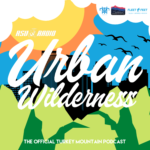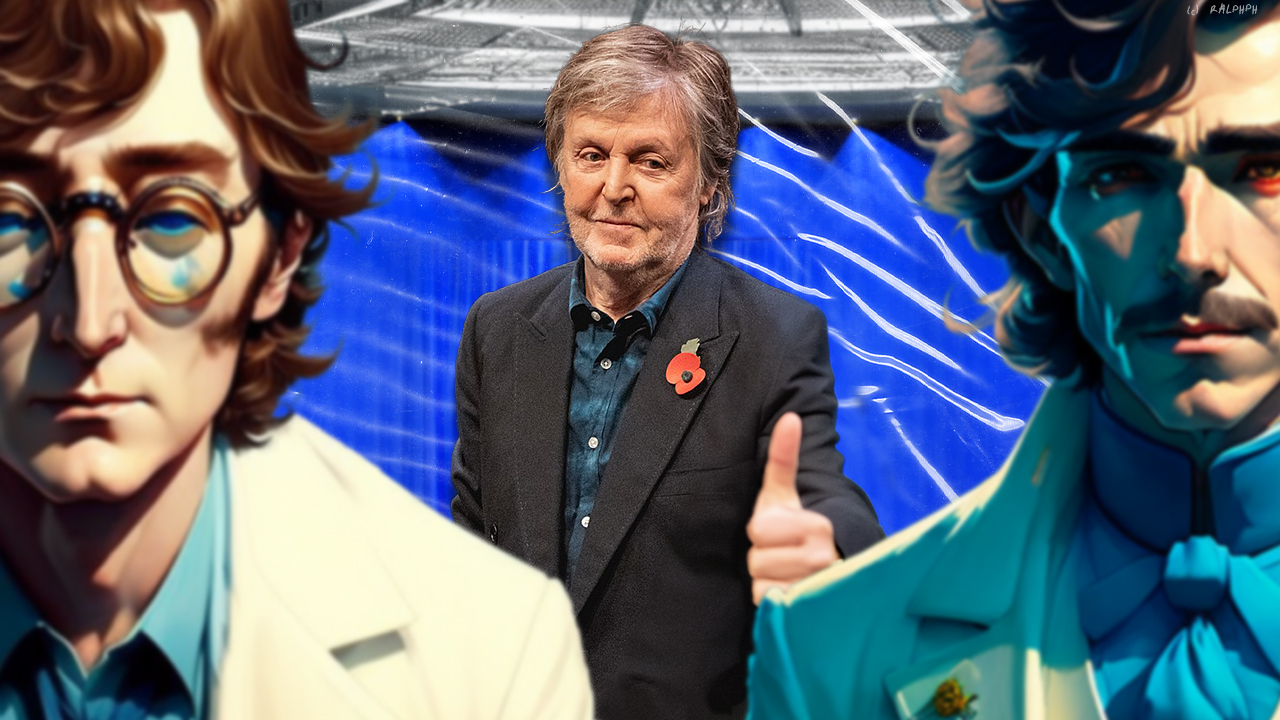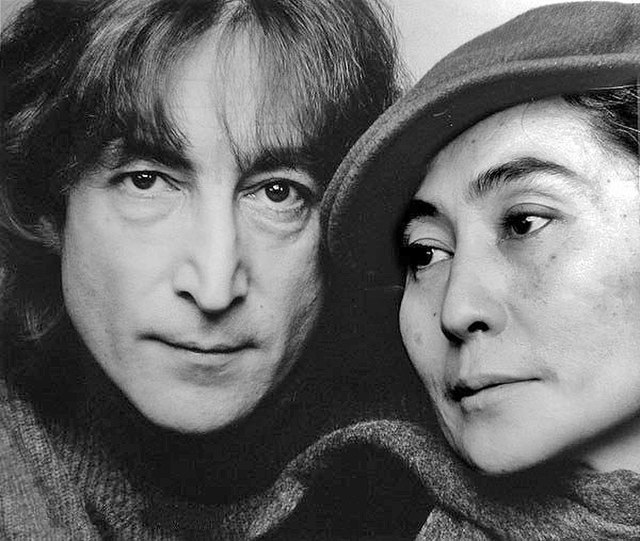Listeners:
Top listeners:
-
play_arrow
RSU Radio Real College Radio
-
 play_arrow
play_arrow
Urban Wilderness: Turkey Mountain Rocks!

Dear music fans of the ’70s, ’80s, ’90s, ’00s, ’10s, and today: we finally got the news we’ve been waiting for half of a century. The Beatles are back together.
“We were able to use [artificial intelligence] when Peter Jackson did the film ‘Get Back’ where it was us making the Let It Be album. He was able to extricate John’s voice from a ropey little bit of cassette where it had John [Lennon]’s voice and a piano – he could separate them with AI. They tell the machine ‘that is a voice, this is a guitar, lose the guitar.’ And he did that. So when we came to make what will be the last Beatles record – it was a demo that John had – that we worked on and we just finished it up, it will be released this year. We were able to take John’s voice and get it pure through this AI so then we could mix the record as you would normally do. It gives you some sort of leeway. So there is a good side to it and then a scary side, and we will just have to see where that leads.” – Sir Paul McCartney, BBC Radio, 2023
The closest our timeline came to a true Beatles reunion was back in 1994. Just before John Lennon‘s induction into the Rock & Roll Hall of Fame, his widow, Yoko Ono, presented Paul McCartney with cassettes, labeled “For Paul” in Lennon’s unmistakable handwriting. McCartney, George Harrison, and Ringo Starr then reunite for a glorious three-week stint in southern England.
“It always goes back to the music, to the personalities.”✨
📸: Paul McCartney, Ringo Starr and George Harrison during the Beatles’ Anthology sessions, 1995. pic.twitter.com/IKZMqTUYwb— The McCartney Archive (@mccartney_arch) March 30, 2022
Can you imagine the anticipation? The excitement? But alas, the audio quality on those tapes was far from ideal. It was clear as day that they couldn’t be used as they were (much clearer than the cassettes themselves). Lennon had captured his renditions of new songs using a portable tape recorder, equipped with nothing more than a tiny microphone perched on top of his piano. It wasn’t quite the fancy voice memo feature on an iPhone.
The main issue was that the vocals couldn’t be separated from the accompanying music. So, the task at hand was extensive cleaning to salvage the masterpiece. And that’s not all. Lennon’s relaxed performance, although charming, didn’t quite keep steady time. Hence, some meticulous editing was in order to ensure a seamless experience for us avid listeners.
It’s amazing to think about the amount of effort and dedication poured into these studio sessions. The obstacles faced, the technical prowess required—it’s a testament to the everlasting enchantment of The Beatles.
“We just pretended that he’d gone home on holiday – as if he’d said, ‘Just finish it up, I trust you. Just do it. We just treated it like any old track the Beatles might have done. It was kind of spooky, really.” – Sir Paul McCartney, 1994
The unwavering efforts of the surviving Beatles, alongside the invaluable contributions of Jeff Lynne from Electric Light Orchestra, who skillfully took on the role of producer, played a pivotal role in shaping the final renditions of these tracks. In 1994, the world witnessed the release of two unforgettable songs, “Free as a Bird” and “Real Love,” as part of The Beatles’ Anthology albums.
“There was one more that we didn’t do, which was a pity. It didn’t have a very good title, it needed a bit of reworking, but it had a beautiful verse and it had John singing it. But George didn’t wanna do it.” – Sir Paul McCartney, Q Magazine, 2006
According to insider sources, the elusive song, known informally as “Now and Then,” was recorded in 1979, just over a year prior to the tragic passing of John Lennon. Regrettably, the available versions of the song online do not reflect Lennon’s usual songwriting brilliance, with only a handful of discernible lyrics present.
During the ’90s recording sessions, both Paul McCartney and George Harrison had envisioned a complete transformation of the song, which ultimately led to its shelving. George, in particular, held reservations about its strength, deeming it unfit for release. This critical evaluation by one of the band’s key members sheds light on the decision to keep “Now and Then” hidden from the public.

“I hope someone does this to all my crap demos when I’m dead, making them into hit songs.” – George Harrison, 1994
While Paul’s mention of a release this year is the only confirmed information, a plethora of rumors has been circulating on social media. Speculations include the remastering of The Beatles Anthology for a Disney+ release, Paul McCartney utilizing AI to remaster all three Beatles songs from the ’90s, the return of Jeff Lynne as producer, and a myriad of other possibilities.
The ever-expanding realm of artificial intelligence holds immense potential beyond the creation of a “new” song to uphold The Beatles’ legacy. Instead, we can save their early recordings, remaster archival footage, and breathe new life into the legacy that will last forever.
I’m certainly grateful to hear the four voices back together again. However, there’s so much that could go terribly wrong. How much did George record? Will we hear a new vocal performance from Paul or a previously recorded one from that era? Can we trust that the AI technology effectively cleanses John’s voice? Ringo? I’m sure that part’s fine.
These questions prompt us to ponder the implications of using AI to recreate and reinterpret artistic works. As we explore the possibilities and limitations of this technology, we must carefully balance preservation with authenticity, ensuring that the essence and integrity of The Beatles’ legacy remain intact. By doing so, we can forge a path where AI serves as a tool to perpetuate their timeless music, capturing the spirit and creativity that made them icons in the first place.
Are we ready to say goodbye to The Beatles yet again?
Writer’s Highlights: The Making of “Free as a Bird” and “Real Love”, The Beatles Anthology (Meeting Elvis), Beatles References Hidden In Free As A Bird
Written by: Jace
ai bbc beatles George Harrison John Lennon lennon Paul mccartney ringo starr the beatles

